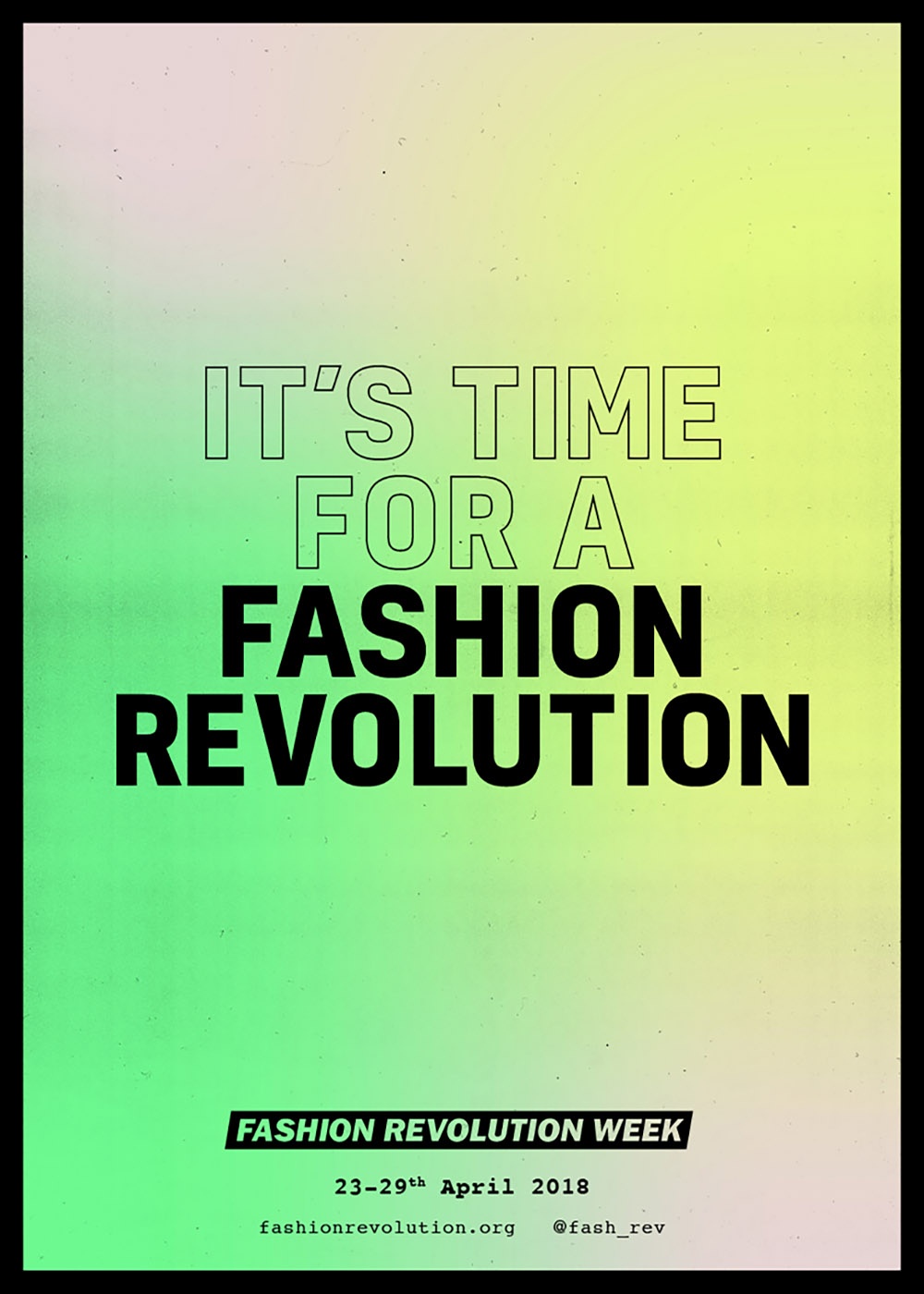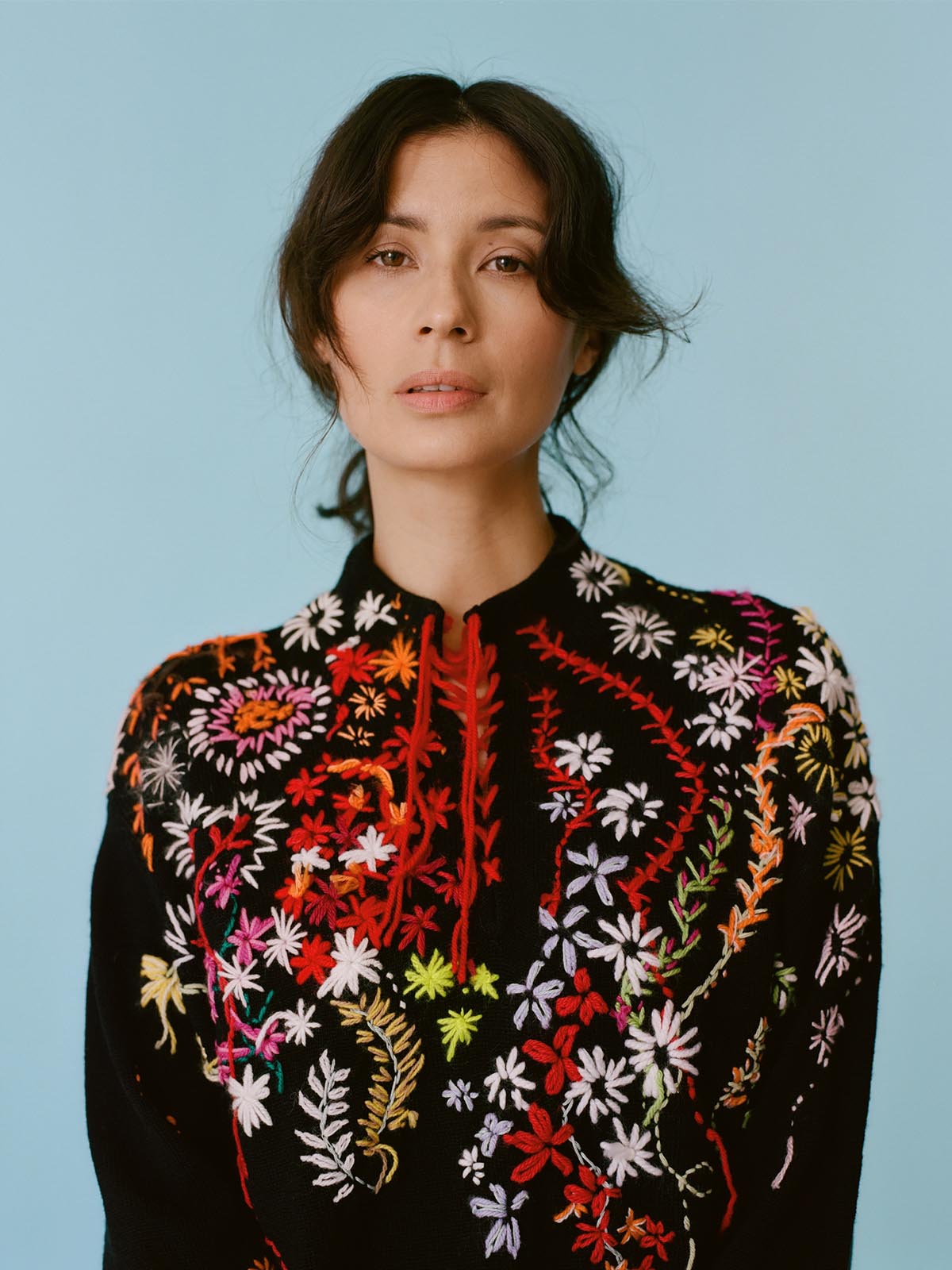We all start our ethical fashion journeys in different ways.
For some of us it’s the joy of supporting worthy causes while we shop, for others it’s the love of clothes and discovering innovative new brands that push the envelope on sustainability.
But for many of us, it was the harrowing scenes of a fatal garment factory collapse in Bangladesh that woke us to the reality of fast fashion and its human cost.
April 24th 2018 marked the five-year anniversary of Rana Plaza. More than 1,100 people were killed when the cramped, dangerous building collapsed in on itself – the result of too many floors and too many people working in sweatshop conditions to make cheap clothes for consumers in the west.
Just after Rana Plaza happened, Melinda Tually, was in the UK for a conference with Fashion Revolution founders Carry Somers and Orsola de Castro.
Mel put her hand up to lead antipodean efforts and went from being an ethical homewares retailer to the driving force of Fashion Revolution in Australia and New Zealand and ethical sourcing consultant.
“I think Rana Plaza was the line in the sand that made the industry shift gears,” she said. “Voluntary mechanisms had only taken the industry so far – but I think seeing the largest lost of life in the sector’s history was a jolt to everyone to realise something more robust was needed, and urgently so.”

In the wake of the disaster, the five-year Bangladesh Fire & Safety Accord was formed. The groundbreaking agreement between brands, unions and factory managers was signed by more than 200 clothing companies.
“We know the Accord has achieved some great successes in safety conditions. It covers about 1600 factories and they’ve corrected almost 100,000 hazards,” she said.
As of 2018, The Accord had seen one unnamed multinational apparel brand paying $2.3 million USD over long-delayed safety fixes. Separately, the factory owner Sohel Rana faced murder charges over the collapse and was jailed in a corruption case.
“Whilst there are some factories that are still behind schedule, it’s really changed the landscape in terms of safety,” Melinda said. “In essence [the Accord] is fulfilling its mandate, which is preventing another Rana Plaza. A new, more comprehensive, accord is expected to kick in next month. The new agreement has been expanded to include union rights for workers and will cover homewares as well as people further up the fashion supply chain. It’s already been signed by brands such as Uniqlo, H&M and Zara’s owner Inditex, although some brands who signed the original Accord are yet to come on board…”
Fighting for a fairer fashion industry
While the Bangladesh Accord addresses safety in that country, the Fashion Revolution movement advocates for a more responsible, fair and transparent fashion industry across the globe.
Fashion Revolution is powered by volunteers in 100 countries. In 2017 more than 2.5 million people took part in the campaign- contacting brands on social media and attending events during Fashion Revolution week.
“The Revolution is powered by everyone,” Melinda said. “Consumers have a huge role to play, brands have a massive stake. You kind of need everyone at the table- no one group will solve these issues.”
The most iconic Fashion Revolution campaign is Who Made My Clothes? This simple concept works on two levels. It asks us to think about the humans whose hands stitch together the clothes we wear, as well as encourages brands to literally publish the details of their supply chain.
Melinda believes this kind of transparency is the key to moving towards a fairer fashion industry.
“The thing that’s difficult is lack of ability to associate ourselves with garment workers, because it is out of sight, out of mind,” she said. “I think when you can see something in plain sight you are much more motivated to address that issue.”
“[With Who Made My Clothes] what we’re trying to do is bring those faces forward and hear their voice. That’s why it’s not just a poster campaign, it’s about stories, it’s about hearing their voices, learning their experiences, their trials and tribulations. Things like The Garment Worker Diaries, which was a year-long project assessing the financial diaries of garment workers in Cambodia, India and Bangladesh. We hear figures such as ‘they earn $65 a month, $37 a month’ – what does that actually mean daily in terms of how many meals, what could they afford to eat, can they go to the doctor, or send their kids to school?”
Melinda believes the fashion industry is much more transparent than it was in 2013. And she says the best thing we can do is keep asking brands to be even more open, to show them we care about where our clothes come from.
“If people want to see the change in the brands they love – and we want to keep shopping with the brands we love because we like to feel good – they should ask them who made their clothes,” she said. “If brands are hearing from their own customers then they know ‘ok our customers want to know more, they want us to be more engaged, or they want that information’.”


















